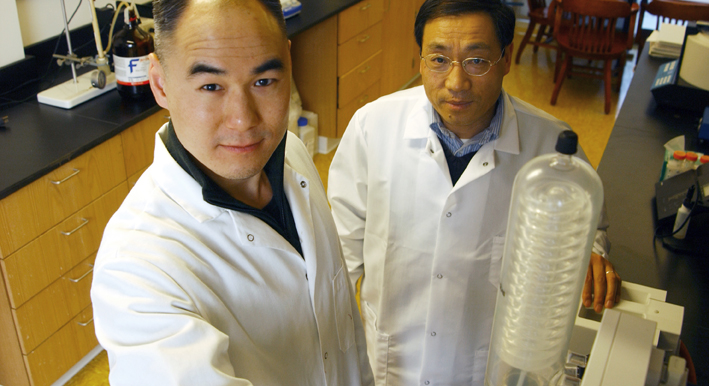By Patricia Prelock, Ph.D., CCC-SLP
Dean of the UVM College of Nursing and Health Sciences
Mary Val Palumbo, DNP, APRN GNP-BC
Associate Professor, Department of Nursing
With more than 3 million members, the nursing profession is the largest single group of professionals in health care. There is a growing demand for nurses to play a more active role in health care reform. To influence decision-making in the complex age of health care reform, some nurses may need new skills in leadership, systems improvement, research, and health policy.
Numerous national professional nursing organizations are recommending that RNs earn a Bachelor of Science in Nursing (BSN) degree. The Institute of Medicine’s Future of Nursing Report recommends increasing the number of nurses holding a BSN or higher to 80 percent in 2020 – just five years from now. At this time approximately 40 percent of nurses working in Vermont have a bachelor’s degrees or higher in nursing.
What will it take to reach the Future of Nursing goal?
Advancing Academic Progression in Vermont
Now, more than ever, it’s clear we need to make nursing education more accessible to existing RNs and assure that the bachelor’s degree in nursing is a desirable educational path for the younger demographic and for career changers.
 In 2012, the Vermont Blue Ribbon Commission on Nursing recommended that 80 percent of Vermont’s nurses have a baccalaureate degree or higher in nursing by 2022. The Commission suggested requiring all nurses graduating after 2018 to have a BS degree or complete it within 10 years to maintain licensure.
In 2012, the Vermont Blue Ribbon Commission on Nursing recommended that 80 percent of Vermont’s nurses have a baccalaureate degree or higher in nursing by 2022. The Commission suggested requiring all nurses graduating after 2018 to have a BS degree or complete it within 10 years to maintain licensure.
In 2013, the Vermont Action Coalition was formed with the support of the AARP/RWJF Future of Nursing State Implementation Program grant to work on a statewide plan to encourage academic progression. Barriers have been identified and solutions sought to ramp up the number of nurses returning to school and graduating from 96 to 354 (365 percent increase) in order to meet the 80 percent goal by 2022.
Nursing Education at The University of Vermont
The University of Vermont’s College of Nursing and Health Sciences plays a significant role in the Future of Nursing vision by providing an academic environment that connects talented faculty practitioners, scientists, and scholars with the next generation of health care providers.
Students in the fields of nursing, exercise and movement science, athletic training, physical therapy, medical laboratory science, radiation therapy, nuclear medicine technology, and communication sciences and disorders have opportunities to learn together and practice side-by-side with clinical professionals in the University of Vermont Health Network.
CollegeFactual.com ranks CHNS for colleges that are focused on delivering an education in health professions with graduates among the top earners after graduation.
Whether a nurse is returning to enhance skills or someone choosing nursing a career as a young adult or as a career change, UVM CNHS offers a quality educational experience. Looking ahead to a transformed health care system that responds to the complex needs of an aging and diverse society, our graduates are prepared to lead change and advance health in our state, our nation, and the world.
Patricia Prelock, Ph.D., CCC-SLP, is dean of the College of Nursing and Health Sciences, professor of communication sciences & disorders, and professor of pediatrics in the University of Vermont College of Medicine.
Mary Val Palumbo, DNP, is a geriatric nurse practitioner and an associate professor of nursing in the Department of Nursing in the College of Nursing and Health Sciences at the University of Vermont.





